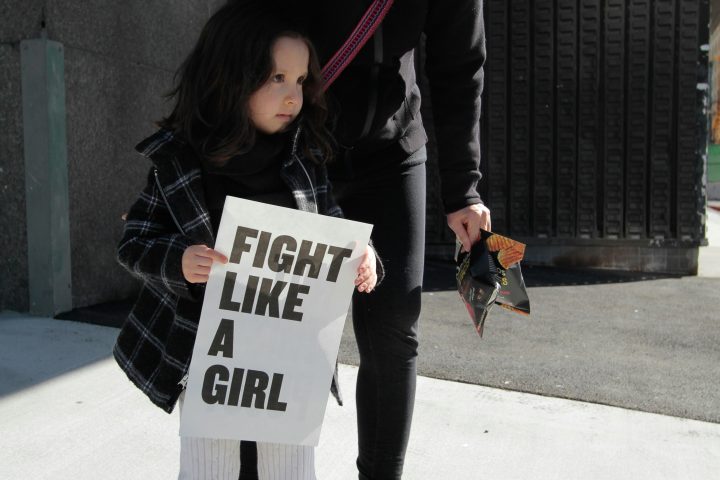Key Takeaways:
- Kyriarchy goes beyond patriarchy to encompass all forms of intersecting oppression.
- Coined by Elisabeth Schussler Fiorenza, kyriarchy recognizes the multiplicative social structures of domination and oppression.
- Understanding the systemic nature of oppression is crucial for achieving holistic change.
- Kyriarchy acknowledges the interlinking of various forms of oppression and the complexity of individual experiences.
1. The Concept of Kyriarchy
The term kyriarchy was introduced by Elisabeth Schussler Fiorenza to describe a complex social order that perpetuates intersecting forms of oppression. Unlike patriarchy, which focuses solely on male privilege and female oppression, kyriarchy recognizes the multiplicative structures of domination and oppression that occur based on various intersecting factors such as race, gender, class, sexual orientation, and (dis)ability.
2. The Systemic Nature of Oppression
Oppression goes beyond individual acts of discrimination; it is deeply rooted in institutionalized systems. Gender-based oppression, for example, involves the denial of equal access to education, job opportunities, reproductive health services, and legislative equality. It also perpetuates harmful stereotypes and gender-based violence. Recognizing the systemic nature of oppression is crucial for addressing and dismantling it.
3. Intersectionality and the Complexity of Privilege and Oppression
In the kyriarchy, individuals can simultaneously experience both privilege and oppression. This challenges the binary notion of being either a victim or a bully. It is possible for a person to fight against their own oppression while perpetuating the oppression of others. Intersectionality reminds us that fighting one form of oppression is not enough; we must strive to challenge all forms of oppression within the kyriarchal system.
4. Recognizing Complicity in the Kyriarchy
Some individuals who experience both privilege and oppression may be hesitant to challenge the social structure that oppresses them. This complicity stems from the fear of losing the dominance they hold over other groups. Understanding this complexity helps us navigate the nuances of oppression and complicity within the kyriarchy.
5. Embracing Inclusivity and Acknowledging Diverse Identities
The concept of patriarchy assumes a binary view of gender, where individuals are either men or women. However, the kyriarchy recognizes that gender identities extend beyond this binary and that cisgender privilege exists. By embracing the term kyriarchy, we create space to acknowledge and include individuals who do not identify strictly as men or women, fostering a more inclusive approach.
Conclusion: Embracing the Kyriarchy for Intersectional Feminism
While the term patriarchy remains relevant and useful, the concept of kyriarchy better aligns with the principles of intersectional feminism. It encompasses the complexity of intersecting oppressions and emphasizes the systemic nature of oppression. By understanding the kyriarchy and its effects on marginalized groups, we can work towards dismantling oppressive structures and striving for true equality and inclusivity for all.









